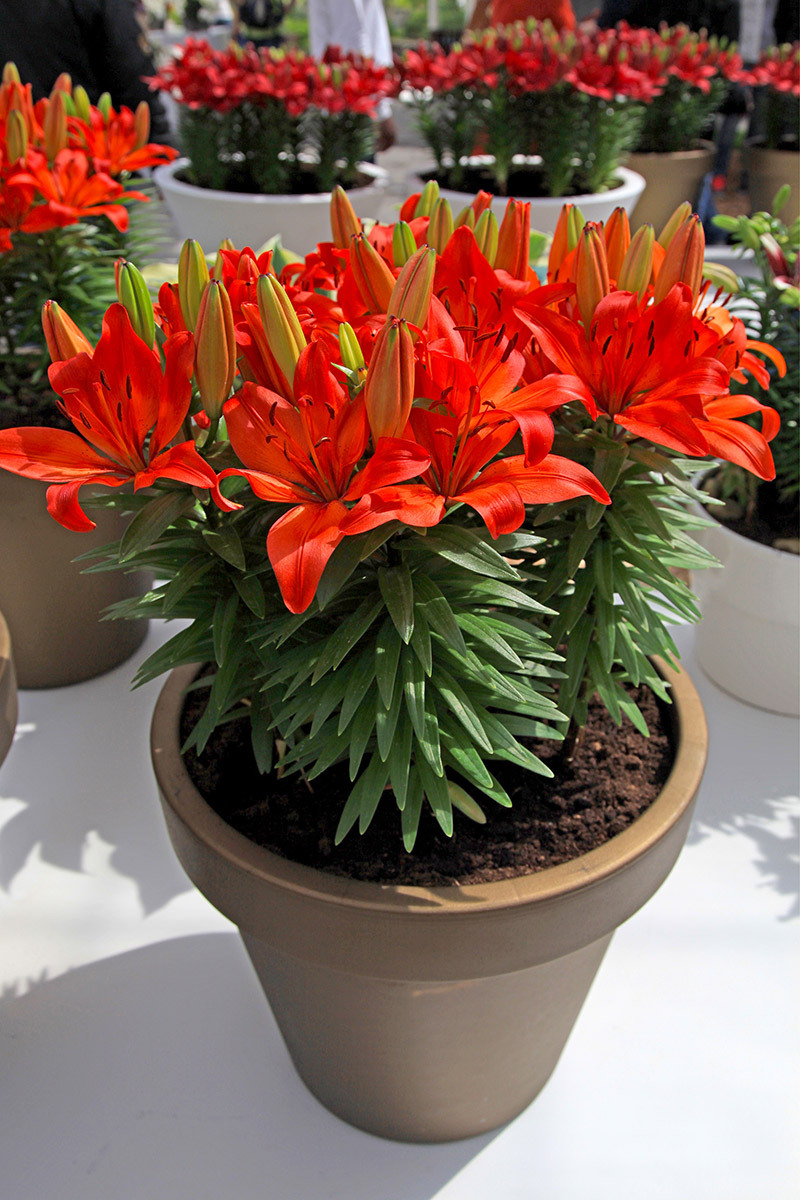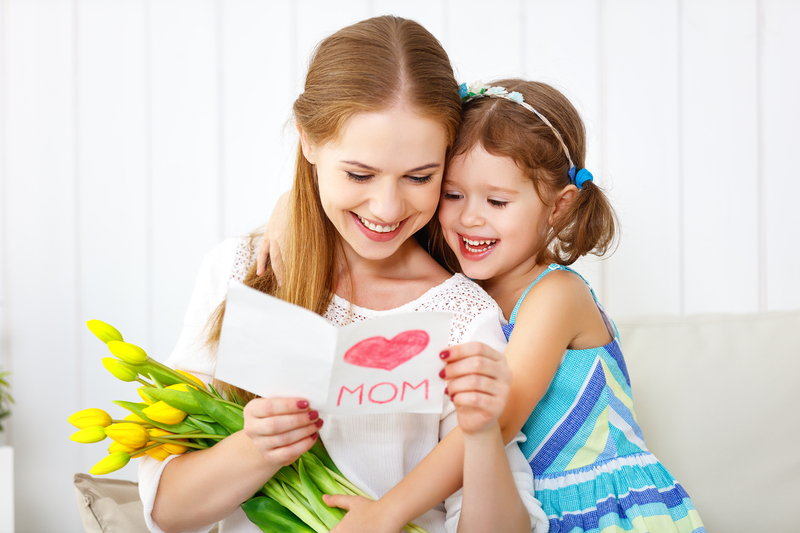Cooking with Edible Flowers: A Culinary Adventure
Cooking with edible flowers isn't a new fad; it's a tradition that dates back centuries, with origins in ancient Chinese, Roman, and Middle Eastern cultures. As the trend resurfaces among modern food enthusiasts, incorporating edible blossoms into your dishes is a beautiful and flavorful way to elevate your culinary game. This article dives into the realm of edible flowers, highlighting their types, flavors, and safety considerations, as well as offering some delectable recipes to get you started.
Types of Edible Flowers and Their Flavors
When venturing into the world of edible flowers, you'll find a wide array of blossoms, each adding unique flavors and colors to your dishes. Below is a list of commonly used edible flowers:
Marigolds
Known for their vibrant yellow and orange hues, marigolds add a slightly citrusy flavor with a hint of spice. They're excellent for garnishing salads or used in baking.
Lavender
Lavender's sweet, floral aroma and taste make it perfect for desserts and cocktails. However, due to its strong flavor, it should be used sparingly.
Roses
Roses come in a variety of flavors, ranging from sweet to slightly spicy, depending on the variety. They are often used in syrups, jellies, and as a fragrant garnish.
Nasturtiums
These brightly colored flowers have a peppery, slightly spicy taste similar to watercress. They are ideal for salads, sandwiches, and pasta dishes.
Hibiscus
Hibiscus flowers have a tart, cranberry-like flavor that is particularly refreshing in beverages like teas and cocktails.

Safety Considerations When Using Edible Flowers
Cooking with edible flowers requires attention to safety guidelines to ensure a delightful and risk-free experience:
1. Know Your Flowers: Not all flowers are edible, and some can be toxic. Ensure that the flowers you use are indeed safe to consume. Trusted sources such as culinary herb gardens or reputable suppliers are the best places to get your edible flowers.
2. Avoid Chemicals: Never use flowers that have been treated with pesticides or other chemicals. Flowers from florists or garden centers may not be safe for consumption.
3. Introduce Sparingly: If you are trying a particular flower for the first time, introduce it slowly into your diet to rule out any potential allergies.
4. Proper Cleaning: Gently rinse the flowers under cold water to remove any dirt or insects. Pat them dry with a paper towel.
Recipes Using Edible Flowers
Adding edible flowers to your cooking repertoire can provide a feast for both the eyes and the taste buds. Here are some recipes to get you started:
1. Lavender Lemonade
Ingredients:
- 1 cup sugar
- 1 cup water
- 2 tablespoons dried lavender flowers
- 1 cup freshly squeezed lemon juice
- 4 cups cold water
- Lemon slices and lavender sprigs for garnish
Instructions:
1. In a small saucepan, combine sugar and water and bring to a boil until the sugar dissolves.
2. Remove from heat, add dried lavender flowers, and let steep for 20 minutes.
3. Strain the lavender syrup into a pitcher.
4. Add lemon juice and cold water. Stir well.
5. Serve over ice, garnished with lemon slices and lavender sprigs.
2. Rose Petal Jam
Ingredients:
- 2 cups rose petals (fragrant and pesticide-free)
- 2 cups white sugar
- 2 tablespoons lemon juice
- 1.5 cups water
Instructions:
1. In a saucepan, combine rose petals, sugar, lemon juice, and water. Stir over medium heat until the sugar dissolves.
2. Bring to a boil and then let simmer until the mixture thickens, approximately 20-25 minutes.
3. Remove from heat and let cool.
4. Transfer to a sterilized jar and refrigerate. Use within a month.
3. Nasturtium Pesto
Ingredients:
- 2 cups fresh nasturtium leaves and flowers
- 1/2 cup olive oil
- 1/3 cup pine nuts
- 2 cloves garlic
- 1/2 cup grated Parmesan cheese
- Salt and pepper to taste
Instructions:
1. Combine nasturtium leaves, flowers, olive oil, pine nuts, and garlic in a food processor. Blend until smooth.
2. Transfer to a bowl and stir in Parmesan cheese.
3. Season with salt and pepper.
4. Hibiscus Tea
Ingredients:
- 1/2 cup dried hibiscus petals
- 4 cups water
- Honey or sugar to taste
- Mint leaves for garnish
Instructions:
1. Bring water to a boil and remove from heat.
2. Add dried hibiscus petals and let steep for at least 10 minutes.
3. Strain and sweeten with honey or sugar if desired.
4. Serve hot or cold, garnished with fresh mint leaves.

Creative Ways to Use Edible Flowers
Apart from traditional recipes involving edible flowers, there are numerous ways to creatively incorporate them into your dishes:
1. Salad Enhancements: Toss a handful of marigolds or nasturtiums into your salad for a burst of color and flavor.
2. Floral Ice Cubes: Freeze small flowers like pansies or violets in ice cubes for a stunning addition to your beverages.
3. Dessert Garnish: Decorate cakes, cookies, and cupcakes with edible petals for an elegant touch.
4. Infused Honey: Submerge dried lavender or rose petals in honey for a fragrant and delicious spread.
5. Floral Butters: Mix finely chopped flowers into softened butter for a visually appealing and tasty spread.
Conclusion
Cooking with edible flowers is not only an art but also a delightful journey into the symphony of flavors and aesthetics that nature offers. With a variety of flowers to choose from, each with its unique taste and application, the possibilities are endless. Follow safety guidelines, get creative with recipes, and let edible flowers add a touch of elegance and sophistication to your culinary creations. Whether you're a seasoned chef or a budding home cook, edible flowers can elevate your dishes to new heights, transforming ordinary meals into extraordinary experiences.
Experiment, enjoy, and most importantly, let your culinary imagination blossom!

